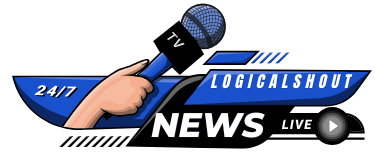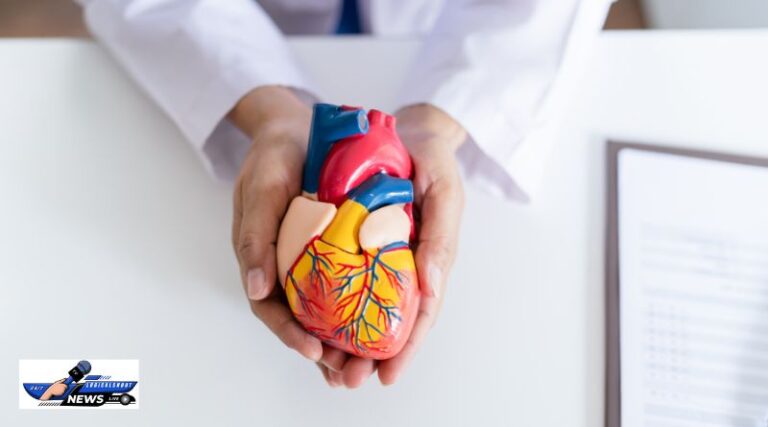Especially in the realm of cardiology, AV Tub—short for Atrioventricular Tub—is absolutely important in medical technology. Commonly used in reference to the atrioventricular (AV) node, a vital part of the heart’s electrical conduction system, is the “AV tub”. This page offers a thorough knowledge of AV Tub’s definition, purposes, and reasons for relevance for heart health. We shall discuss its importance in both medical procedures and heart health, its part in different treatments, and how it affects general cardiovascular condition.
AV Tub: what is it?
Found between the atria and ventricles of the heart, the Atrioventricular Tub is connected to the Atrioventricular Node (AV node). By directing electrical signals that let the heart pump blood efficiently, the AV node is essential in regulating the rhythm of the heart. Often used as a shorthand to capture the general architecture and operation of this vital component of the electrical system of the heart is “AV tub.”
The naturally occurring pacemaker in the heart, the sinoatrial (SA) node sends electrical impulses to the AV node. Before getting to the AV node, these signals pass through the atria and are then sent to the ventricles, which causes them to contract and finally produces a heartbeat. Regulating the timing and sequence of electrical impulses, the AV node serves as a gatekeeper to guarantee coordinated heart beating.
The AV Tub’s Function Within the Electrical Conduction System of the Heart
The electrical conduction system of the heart controls its rhythm and guarantees that every heartbeat is effective and in time. The SA node, the AV node, the bundle of His, and the Purkinje fibres make up this system’s multiple main elements.
Located in the right atrium of the heart, the sinoatrial (SA) node functions as the organically occurring pacemaker. It creates electrical impulses meant to promote the heart’s beating action.
Found near the intersection of the ventricles and atria, the AV node is After briefly delaying it, it passes the electrical impulse from the SA node on to the ventricles. This delay is vital because it lets the atria completely contract and pump blood into the ventricles before they constrict.
Once the electrical impulse reaches the AV node, it proceeds down the bundle of His, which splits into the right and left bundles. These branches reach into the ventricles, where the Purkinje fibres disperse the electrical signal and cause the ventricles to contract, therefore pumping blood to the lungs and the rest of the body.
The key structure enabling this whole process is the AV tub, sometimes known as the AV node, which guarantees efficient and under control heart rhythm.
How the AV Tub Affects Heart Function
Maintaining the correct rhythm of the heart depends critically on the AV node, which forms part of the AV tub. Should the AV node fail, arrhythmias—a variety of heart rhythm disorders—may result. Congenital problems, heart illness, or damage from a heart attack are among the several causes of arrhythmias. Problems resulting from the AV node’s malfunction could include:
1. Block of the Heart
A heart block is the disorder whereby the electrical impulses between the ventricles and atria are either totally blocked or delayed. Third-degree heart blocks are the most severe of the several degrees of heart block; first, second, and third-degree heart blocks are categorised as such. The AV node fails to properly transfer electrical impulses in this situation, which results in irregular or excessively sluggish heart beat. Patients with third-degree heart block may in extreme circumstances need a pacemaker to control their heart rate and rhythm.
2. Arrangements of Arrangements
Arhythmias—including atrial fibrillation (AF) and atrial flutter—can result from malfunctioning AV nodes. These disorders arise when disorganised electrical signals in the atria cause the heart to beat either too quickly or irregularly. The most often occurring arrhythmia is atrial fibrillation; untreated cases raise the risk of cardiac failure and stroke.
3. decreased cardiac output
The delay in transmission of electrical impulses by the AV node lets the ventricles and atria contract in unison. Should the AV node malfunction, there may be disturbance in the coordination among these chambers. Consequently, the capacity of the heart to effectively pump blood could be reduced, which would lower cardiac output and cause symptoms including dyspnoea, tiredness, and vertigo.
4. Syncope, or fainting:
Additionally causing syncope, or fainting, a failure in the AV node can also affect This happens when inappropriate electrical signalling causes the heart to fail in pumping enough blood to the brain. Severe occurrences of syncope can indicate more major underlying heart problems.
AV Node Dysfunction Diagnosis and Treatment Guideline
Usually using a battery of tests to evaluate the heart’s electrical activity and general performance, the diagnosis of AV node dysfunction These evaluations consist of:
The most often used diagnostic test for abnormalities in the electrical activity of the heart is an ECG. It can point up abnormalities in the AV node’s operation, including arrhythmias or heart block.
The patient wears a portable ECG gadget called Holter Monitor 24 to 48 hours to track the rhythm of the heart during daily activities.
An electrophysiology study (EPS) is a more invasive test whereby the electrical impulses in real time are measured by threading a catheter via the blood arteries to the heart. The precise arrhythmias source is found with this test.
Treatment choices will rely on the degree of the condition if a patient is diagnosed with heart block or AV node dysfunction. Among common therapies are:
1. Pacemaker Installation
Patients with severe cardiac block or arrhythmias brought on by AV node malfunction could be advised a pacemaker. Under the skin close to the collarbone, a pacemaker—a tiny gadget with wires linking to the heart—is implanted. To control heart rhythm and guarantee normal rate of beating, the pacemaker generates electrical impulses.
2. Medicines
Medications can be recommended to help control the heart’s pace or to help treat arrhythmias. Conditions connected to AV node malfunction are often treated with beta-blockers, calcium channel blockers, and anti-arrhythmic medications.
3. Ablation of Catheters
Sometimes a technique known as catheter ablation is used to fix aberrant cardiac electrical circuits. A catheter is placed into the heart during this operation to remove the tissue causing abnormal electrical signals, therefore helping to re-establish a normal heart rhythm.
Finally, the AV Tub’s vital contribution to heart health
Maintaining a healthy and effective heart rhythm depends on the atrioventricular node and its related actions, sometimes known as the AV tub. The AV node guarantees that the heart beats in a coordinated manner by controlling the electrical impulses between the atria and ventricles, therefore enabling best blood circulation. A range of major heart disorders, including arrhythmias and heart block, can result from malfunction in the AV node; these can have major effects on a person’s health.
Although AV node-related heart issues can be concerning, developments in medical technology and treatment choices—including pacemakers and drugs—have made it feasible to properly control these disorders. Long-term heart health depends critically on frequent visits and early identification of possible problems with the electrical system of the heart. Maintaining cardiovascular well-being depends on one knowing the significance of the AV canal and its function in the heart’s electrical conduction system.
Knowing the purposes of the electrical system of the heart helps people to be proactive in lowering their heart disease risk and enhancing their general condition. See a healthcare provider to evaluate the health of the AV node and handle any possible problems if you or a loved one exhibits symptoms including vertigo, exhaustion, or irregular heartbeats.

